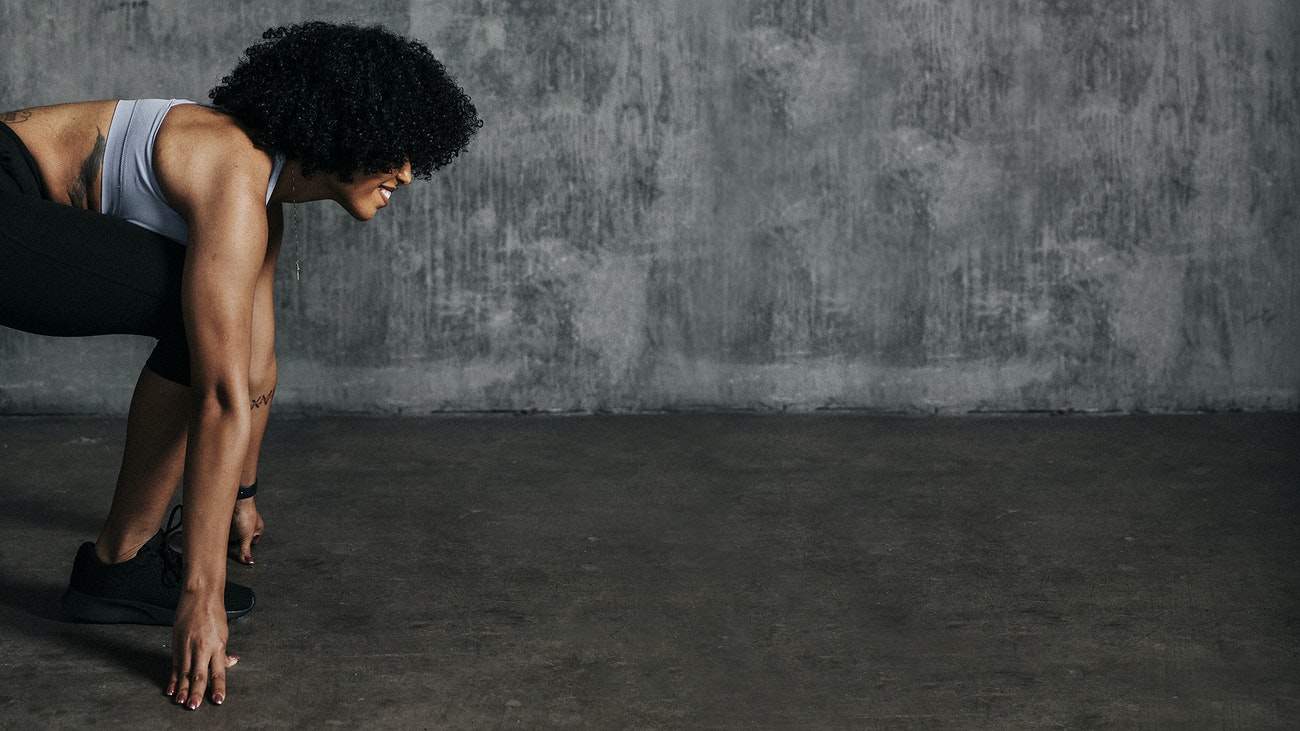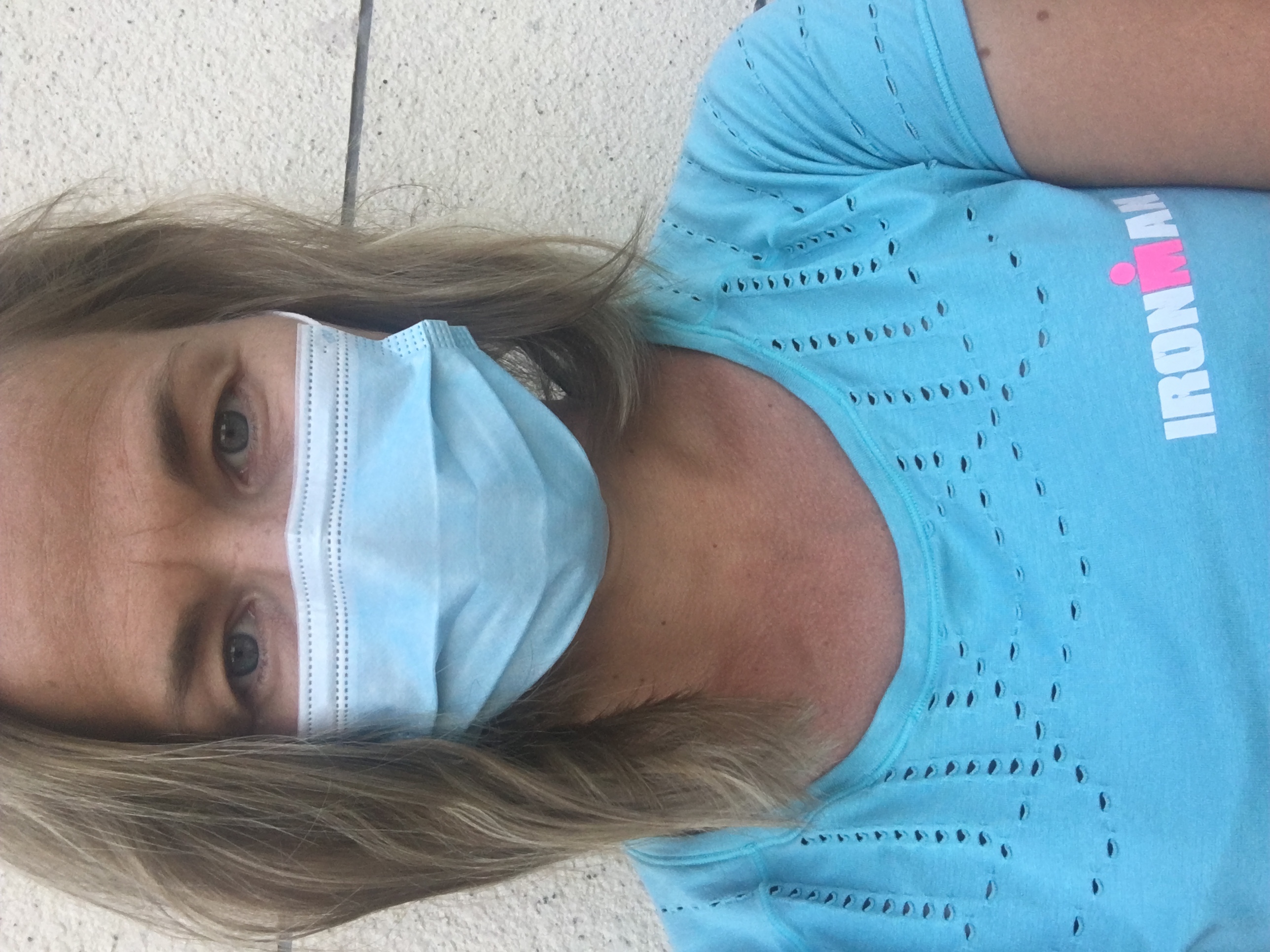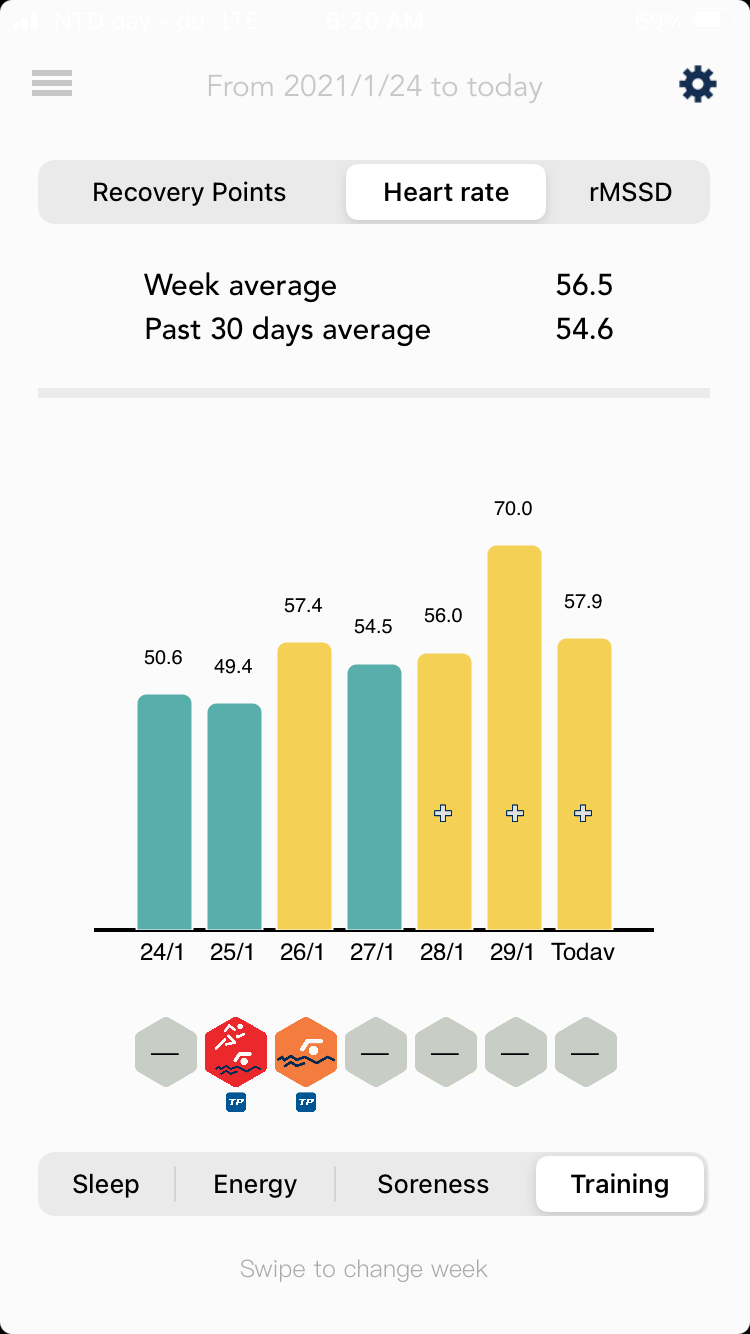
Safe Return to Sports After Covid19
Return to Sports After Covid-19
As Covid-19 infections soar around the world, the athlete population worries not about surviving it, but about what kind of lasting effect the infection has in their bodies. Myself included. The purpose of this article is to shed a light on how to return back your sport after Covid-19.
So you caught the bug eih? So did I. Although my symptoms hit quickly after the suspected source of infection 5 days or so, they stayed quite mild. Headache, body aches, congestion, no fever. My morning heart rate was 20 beats higher than normal at 70. That’s when I knew something was really up.
So I caught COVID-19 – Now What?
I’ve been successfully dodging the covid19 bullet so to speak for a good 11 months since the first cases popped up in Dubai. Having three school-aged children, a CrossFit loving husband, and myself training for Ironman, I think we’ve done a great job avoiding this. Having a partial immunodeficiency in my respiratory tract, lungs, and GI tract, I was told by my pulmonologist to be really careful and do my best not to catch the infection. I wasn’t much worried about not surviving Covid, but what implications it would have on my health and sports performance.
I must admit, I was pretty annoyed that my test came back positive, as I was feeling stronger and fitter than ever in training. Last year I suffered from plantar fasciitis and I’d been working hard on my running form. Only Monday the week before the positive result I had an amazingly long run. Probably the best long run I’ve ever had. So “falling sick” from top form kind of feels devastating.
Here is my Heart rate data from the week I got sick. The worst symptoms I had was Friday 29th, and you can see my body was on overdrive fighting this with a 20 bpm increase from the base level. My symptoms were very mild, no fever, just mild headache, body aches, congestion, and fatigue. And day 3 I lost smell and taste and Day 4 I got GI issues which only lasted about a day. So overall very mild symptoms.
On day 5 I started feeling better. Today is day 6 and I feel tons better already. Although walking up the stairs gets me light-headed. I will take my 10 days of rest thank you very much!
Anyhow, I am on the mend so I started researching “return to sports after covid-19”. Here’s what I’ve learned.
Gradual Return to Sports Protocol
The following advice is aimed at athletes with mild to moderate symptoms. This advice is not meant as medical advice and if you are experiencing any symptoms, please proceed following the local government guidelines. Always consult your physician before returning to play.
Athletes with mild to moderate symptoms of covid-19:
- Minimum of 10 days of rest after the onset of symptoms. AND:
- At least 7 days of SYMPTOM-FREE AND
- Off all treatment, eg. Paracetamol, then
- Follow Gradual Return to Play Protocol (see attached image)
https://bjsm.bmj.com/content/bjsports/54/19/1174/F1.large.jpg
The immediate question arose after point 2: what is symptom-free? Is general sudden fatigue a symptom? What about taste and smell? Are they part of symptoms, and for sure I don’t have to wait until those have returned as I’ve heard it can take months? Eeek?!)
Next, let’s look at the Gradual Return to Sports Protocol:
What does it mean to gradually return to play? I would love to bounce back where I was, but as this is not my first rodeo coming off an illness, I understand I need to take a few steps back to bounce forward post covid19.

Phase 1: Rest. Pretty straightforward and simple, but for an active, driven athlete the most difficult part, especially if you are feeling near normal. At least a light walk (500m without the feeling of fatigue or exhaustion allowed), before moving to Phase 2. Monitor subjective symptoms, morning heart rate. If you have been using HRV – now is the time to really tune in and follow morning HR and HRV data.
Let’s go over to Phase 2 – a minimum of two days. Walking, light jogging, stationary bike but no strength training. Keep your heart rate under 70% max so very very light and only max 15 mins. Again, monitor your symptoms.
Phase 3 A – minimum 1 day. Increase the frequency of training, with simple movements like running drills, Keep HR under 80% of max, and only 30 mins. Monitor symptoms and be on the lookout for post-infection fatigue.
Phase 3 B– minimum 1 day. Increase the duration of training and progress to more complex activities. Keep HR under 80% of max and increase to 45 mins. Practice coordination, skills, and tactics.
Phase 4 – Minimum 2 days. Increase the intensity of training and progress to normal activities. Keep HR under 80% and increase the duration to 60mins. Focus on restoring confidence and assess functional skills.
Phase 5– Earliest Day 17! That’s whopping 2.5 weeks! Resume normal training IF no symptoms! WAHOO!
If at any time symptoms return or feeling of fatigue persist, go back to the previous phase and progress only after 24 hrs of a period of rest without symptoms.
Knowing the psychological make of many ambitious athletes, return to sports will perhaps be the most difficult challenge. I would recommend (myself included) to make the return a lot easier than what we want and go back to the previous phase if any symptoms return – after a full day of rest and without symptoms. This will lengthen the total return to sports time remarkably. It is not what we want, but it is the best in the long run.
It is far better to play it safe and rest a little more than what you initially want to, rather than hurry back into training and be plagued by excessive fatigue for weeks or even months.
Rest Is Your Best Friend
The good news is that detraining’s effect on your performance is NOT AS BAD WE FEAR! Detraining effect is mainly due to cardiac output is seen after 2-4 weeks. Detraining effects to aerobic endurance are minimal, so are maximal strength. You may start losing anaerobic endurance after about 18 days of detraining and strength endurance after 2 weeks and max speed after 5 days (Issurin). So if you are an endurance athlete, you really do not have much to worry about losing fitness after two weeks of illness. (I know, easier said than done)
So the initial rest is your main job. Forget about checking TrainingPeaks, Strava, Insta, wherever you follow your fellow athletes. Just don’t. And for God’s sake Garmin, detraining?! you can just eff right off! Checking training apps will not help. Focus on taking care of yourself. Rest. Kick back and catch up on your favorite Netflix if that’s what you love to do. Write a book if that tickles your fancy (28 pages on one day, is that good?). If you can, get some sun rays few times a day. Not only getting outside help with your mood, but you also get an extra dose of Vitamin D.
Why you should follow return to sports protocol?
Well, as covid seems to affect multiple systems in your body (respiratory, cardiovascular & immunological), you need to make sure to allow your body to fight the illness before you start stressing its systems. Watch the below Youtube video with Dr. Kate Jordan for more detailed explanations. The initial first phase of covid typically seems to last about a week, at which point most people seem to have passed the first, milder phase and over the illness. The second phase can cause acute severe respiratory illness and require hospitalization, and one more phase after that, which is a hyperinflammatory phase with severe cases and a whole longer hole to climb back from.
The length of 10 days of onset of symptoms and at least 7 days without any symptoms basically help you past the potential period of deterioration. Since the risk of cardiovascular injury to those with mild and moderate illness is currently unknown, it is better to side with caution before stressing the cardiovascular system after covid-19.
To optimize immune function during the return to sport: diet, sleep (8hrs min), stress, vitamin D (min. for athlete 7500IU per day, Vitamin C (500-1000mg), zinc, probiotics, and omega 3 (Dr. Kate Jordan, see the youtube presentation below).
Finally, Dr. Kate Jordan makes an excellent point of returning safely to your sport after inactivity when it comes to your muscles and tendons. You want to gradually load them so you avoid unnecessary injuries to your tendons and muscles. You just recovered from Covid-19 – why would you want to injure a tendon?! No thank you!
Take home message:
- Please please do not play catch up! You lost some training, move on!
- A mild illness, no prolonged illness, and no hospitalization: At least 7 days symptom-free and 10-14 days from onset of symptoms before starting Return to Sports protocol.
- Prolonged illness or any symptoms of myocarditis, further investigations before return to sport. If persistent symptoms more than 2 weeks, including fatigue, dyspnoea, cough – consider further investigation!
- If you were hospitalized, or had more severe symptoms, or cardiac symptoms, or reduced performance, please see your physician for further investigations.
- All covid-19 affected athletes need to be educated about the red flags: dyspnoea (wait, what is THAT? dyspnoea is intense tightening in the chest, air “hunger”, difficulty breathing, breathlessness, or a feeling of suffocation) worsening of your cough, chest pain, palpitations (like your heart missed a beat or added an extra beat), exertional dizziness (basically lightheadedness caused by physical activity), syncope (fainting) or calf swelling. If you get any of these red flags, please see your physician.
I wish you the best of luck and please take it easy. Do it right the first time around. It’s not like racing will be back any time soon. You’ve got time.

I’ll be updating this blog with my experiences from my return to Ironman training, so check back frequently.
Marjaana – Be Sisu Fit – Endurance Sports Coaching
Disclaimer: The content is not intended to be a substitute for professional medical advice, diagnosis, or treatment. Always seek the advice of your physician or another qualified health provider with any questions you may have regarding a medical condition. Never disregard professional medical advice or delay in seeking it because of something you have read on this Website.
Sources:
https://bjsm.bmj.com/content/54/19/1174
https://www.mayoclinic.org/symptoms/shortness-of-breath/basics/definition/sym-20050890#:~:text=Definition,or%20a%20feeling%20of%20suffocation)
Issurin V, Kaverin V (1985). Planning and design of annual preparation cycle in canoeing. In ‘Grebnoj Sport” (Rowing, Canoeing, Kayaking), Ph.S.; Moscow, 25-29.
Issurin V (2010). New horizons for the methodology and physiology of training periodization. Sports Med. 40: 189-206.




